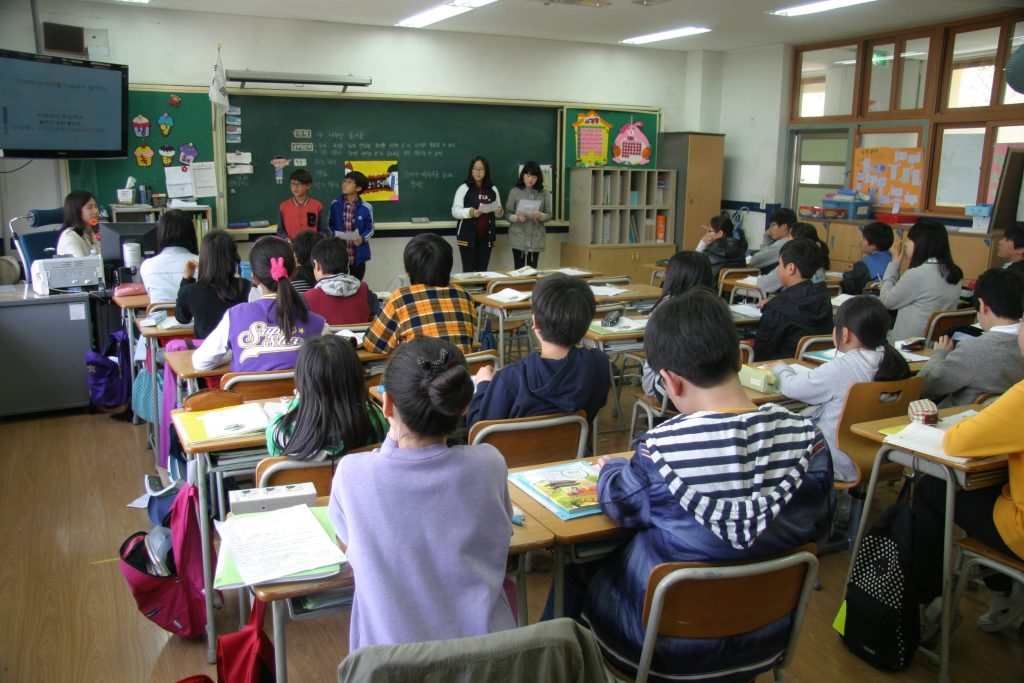
Great CX does not always mean great business performance
The theory says customer experience is proportional to revenue. At least that’s what “best practice” thinking has taught us. The better the customer experience the better the business result.
Really? Problem! This is not always true.
There is new thinking emerging that differentiates customer outcomes from customer experience. It adds a new dimension which helps companies differentiate from their competitors.
It also explains why some great customer experience companies fall into decline and why some dreadful customer experience companies are massively profitable.
Basis of my argument
Spirit Airlines
Have you heard of Spirit Airlines? If you live in the USA, you will have certainly heard of them. They evoke a lot of emotion and for many its not great. “Never again” is a statement echoed by many. They are by some margin the most hated airline brand in America. They rank at the bottom of the American Customer Satisfaction Index, the lowest Net.Promoter Score and gain the greatest number of customer complaints, by far!
Fracti did a Twitter survey of 70 airline brands evaluating 1.3 million tweets and as far as customer experience is concerned Spirit came out at rock bottom. Nobody did worse. This is a company that made Ryanair during its worst years (in the opinion of the customer) look like “lobster and champagne”!
Customer experience has never been top of Spirits business agenda, in fact they actually dropped it from their business strategy in 2007.
How would you expect Spirit to be performing? Logic says it must be making money to operate but all the rules around customer experience says profitability would probably e marginal to low. Except that logic would be wrong. They are amongst the most profitable in the world with an operating margin of 23% in 2016 which has dropped back a bit in 2017 due to pilot labour issues and storms. The 2016 figure was beaten by only one other airline.
You cant deliver that sort of business performance unless customers are buying, and buying they certainly are. There must be another customer dynamic going on.
Subway
On the other hand Subway are ranked 8th in the Temkin Customer Experience Survey of 300 odd US companies. The customer is at the forefront of their business strategy and they have claimed all sorts of innovations where the customer has benefited. Yes, they are in an industry where the customer can be incredibly promiscuous and consumption behaviour can change very fast. But this is where customer experience is supposed to make the difference. Great CX companies may lose customers to competition, but if it is truly great, they will change their minds and come back.
The problem is this theory has not worked with Subway. In fact, exactly the opposite. Revenue figures fell 4.3% in 2015 for the second consecutive year. It opened 911 new restaurants but closed 877. 2016 figures are not known as it is a privately owned company but in the absence of good news it is reasonable to assume the decline has continued.
Again, the issue is most certainly “the customer”. Customer experience as we have traditionally defined and measured it has missed a trick. This trick is around differentiating customer outcome from customer experience. Customer outcomes are different, they dont necessarily create emotion and the customer is not necessarily aware of them.
Further the tools and techniques required to understand customer outcome are fundamentally different to those around traditional customer experience. We will explore this further.





